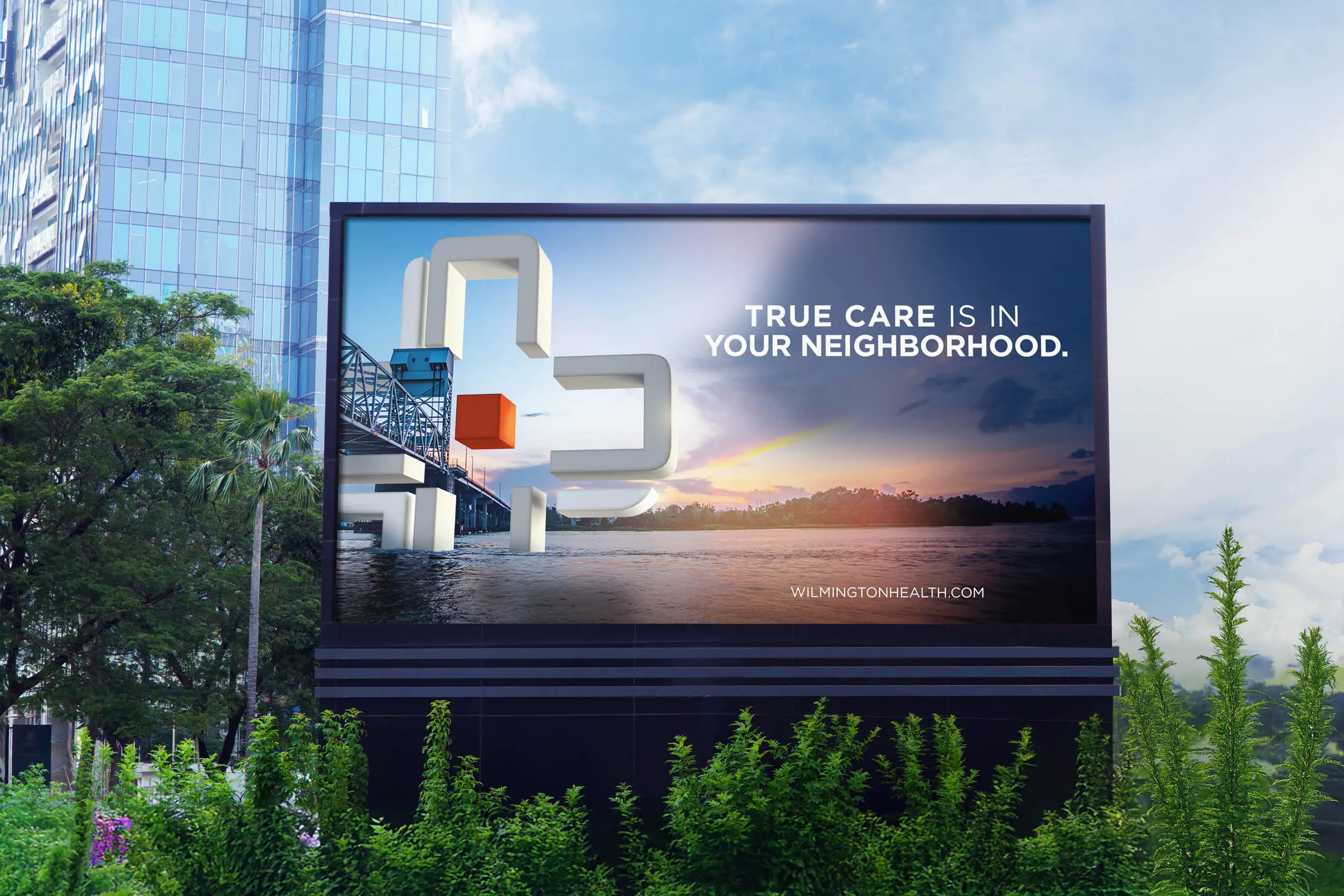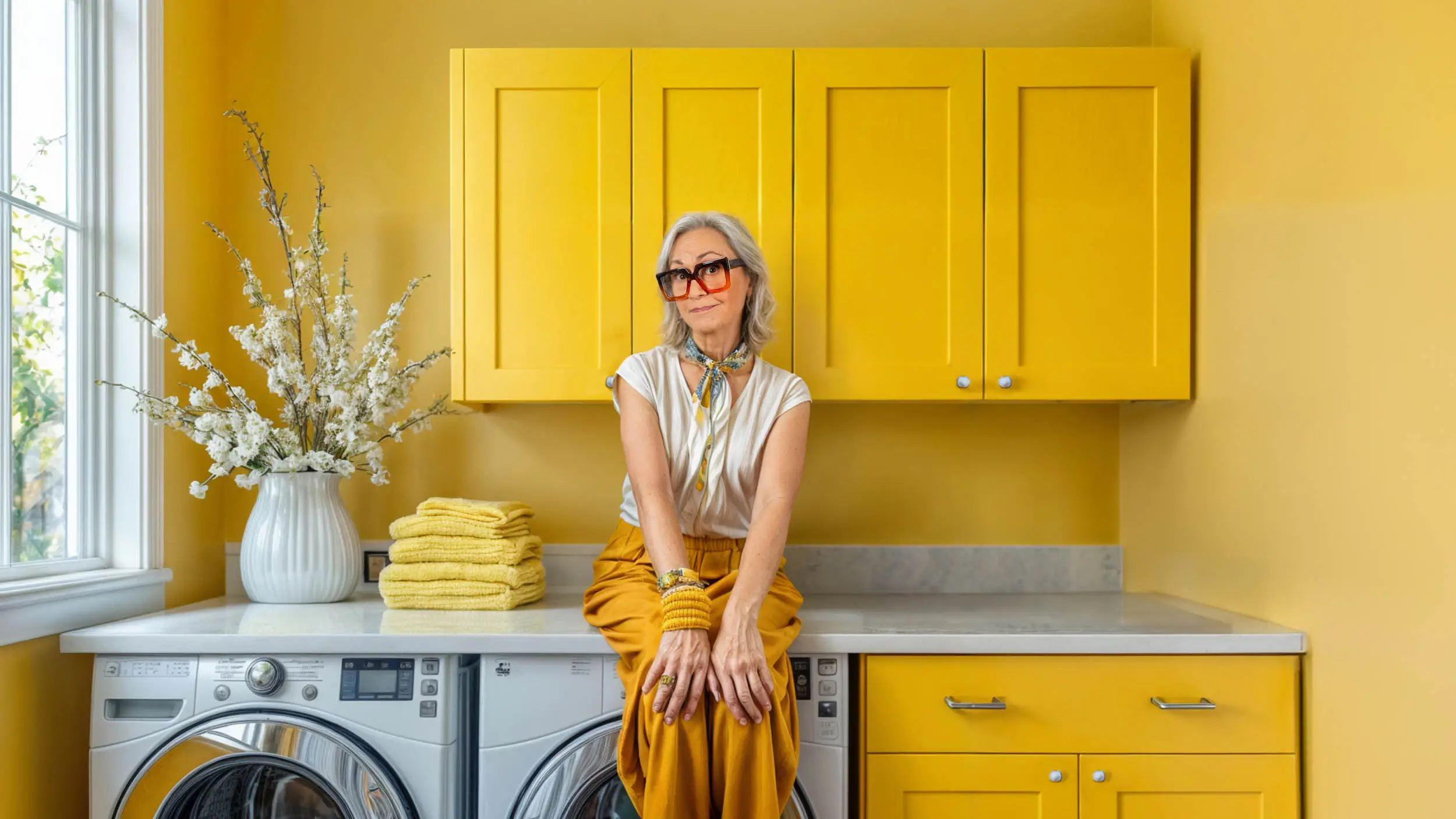
There’s nothing more disconcerting than sitting down to dinner at a restaurant and being handed a behemoth, multipage menu. What’s even worse is when that menu spans more than one food category: pizza next to omelets next to sushi. Yikes.
Most gourmet restaurants tend to be more focused, honing in on what a chef is truly good at, as opposed to trying to please every palate. Often the menus span only a single page with a handful of selections. If you can’t be good at everything, perhaps it’s better to be great at just a few things.
The advertising industry is experiencing the same dichotomy: some agency giants are expanding their menus, while others are focusing their skillsets. In this article, we’ll discuss this change, what’s causing it, and tips for working with one or many agencies in the modern era of advertising.
Why the Change?
In the traditional advertising world, brands worked with an AOR or agency of record”a one-stop-shop for everything from buying media and developing creative campaigns to managing public relations efforts and providing strategic counsel. Clients would sign a contract, pay a monthly retainer, and the partnership would last for years, sometimes even decades.
Today, advertising and communications options are much vaster and more complicated than ever before. What used to be as simple as print vs. broadcast is now as complicated as guerrilla marketing plus traditional media plus digital plus online plus in-store and on and on.
Alas, digital has changed everything. There are entire shops devoted to web design, mobile apps, search engine optimization, or social media strategy. Large agencies are buying up digital start-ups or creating specialized teams to master the hottest new marketing trend. And, not only that, the automation of media buying has led more brands to taking this traditional AOR responsibility in-house.
The result of all this change? It’s what The Guardian calls “the long tail of marketing” – smaller budgets, shorter campaign lifespans, cheaper execution and, ultimately, decreased impact.
#MakingItWork
So, how must agencies – and brands – adjust to the new era of marketing? How do brands stay relevant among a virtual sea of messages, videos, social chatter, contests, hashtags and more? How do they work with a single agency today or corral a group of them? And how do agencies continue to offer value?
Some agencies are making it up as they go along. An article by the Harvard Business Review discusses how one agency got innovative in order to win the Harley-Davidson account. The agency drafted a creative brief and posted it to a crowd of 7,000 creatives: “Freelancers, moonlighters from other agencies, and brand and advertising enthusiasts all opting to work in a new open model.” More than 600 crowdsourced ideas came in, 65 of which helped the agency land the account, and one that’s still in use today. Now that’s what we call a modern agency.
Agencies need to be fearless in the face of this change and evolution, as opposed to pitted in their contract structures and traditional ways of operation. Furthermore, they must be open-minded about owning a piece of an account, rather than the whole pie. Collaborating with other agencies and looking to peers for expertise will help advertisers stay competitive and relevant as the industry shifts.
From a client’s perspective, if you’re comfortably partnered up with an agency of record, don’t fix what’s not broken. Even though AORs are less prominent than they used to be, they still work exceptionally well for many brands.
On the other hand, if you’re ready to pull together a team of experts from multiple shops, here are three keys to making it work.
- Be transparent: Don’t hide who you’re working with, why you chose them, and what your expectations are for each agency. Be clear and honest, or the team will never be a team.
- Don’t tolerate bad-mouthing: Remind your agency partners that they are working together, not competing. Everyone has a position, and talking badly about one another will only get them benched.
- Get everyone in the same room: Collaboration is key to success. Advertisers are bright, creative, strategic, and innovative. And bringing them together only amplifies these qualities. Schedule a monthly or quarterly meeting to get everyone working together in person.
By subscribing to our newsletter, you agree to our Privacy Policy.




